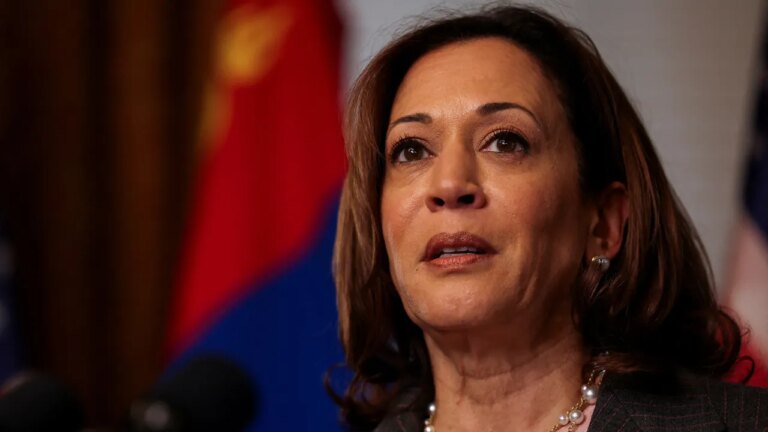Higher Wages and Better Benefits: Harris and Yellen Promote Union Membership
U.S. Vice President Kamala Harris and Treasury Secretary Janet Yellen joined forces on Monday to emphasize the advantages of being a part of a union. In a rare joint press call, they unveiled a fresh report from the Treasury that highlights a significant difference: wages for union members are 15% higher compared to those who aren’t part of unions.
The Big Picture: The White House is actively backing unions and aiming to expand their membership. This move aligns with President Joe Biden’s strategy to revamp the U.S. economy, combat inequality, and ensure that a larger share of corporate profits reaches the middle class.
There’s more to it than just economic concerns. In the 2020 election, union supporters played a crucial role in securing key states for Biden. Looking ahead to the 2024 election, labor unions and worker groups are poised to have a vital role in the Democratic Party’s grassroots efforts.
By the Numbers: The report’s findings indicate that when new unions are established, wages in related industries rise by 10 to 15 percent. This isn’t the only perk. Unions also contribute additional benefits like retirement plans, improved work schedules, and effective ways to address workplace grievances.
Local Impact: While the report doesn’t provide exact figures on how unions impact the overall economy, it underscores their contribution to middle-class stability. By elevating wage levels and enhancing working conditions, unions play a significant role in strengthening the economy’s resilience.
Highlight Quote: Harris pointed out, “Union workers earn 15 percent more in pay than non-union workers in the same occupation. Union workers also receive retirement benefits, paid sick leave, life insurance, and discounts on childcare at a much higher rate.”
Setting the Scene: The landscape of workers’ rights in the United States is evolving. Factors such as a competitive job market, heightened risks during the pandemic, rising living costs, technological disruptions, and pro-union policies from the Biden administration are rekindling interest in workers’ rights.
However, it’s worth noting that union membership within the private sector remains at historically low levels in the U.S. Despite this, the push for stronger unions continues to gain momentum.

